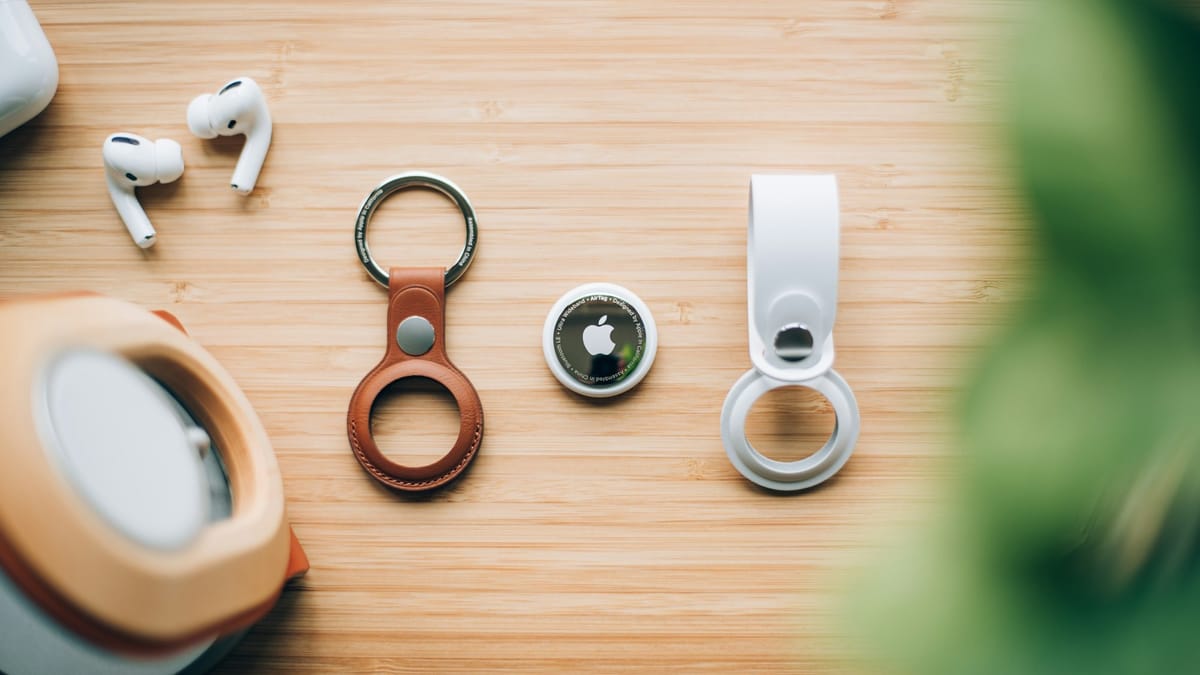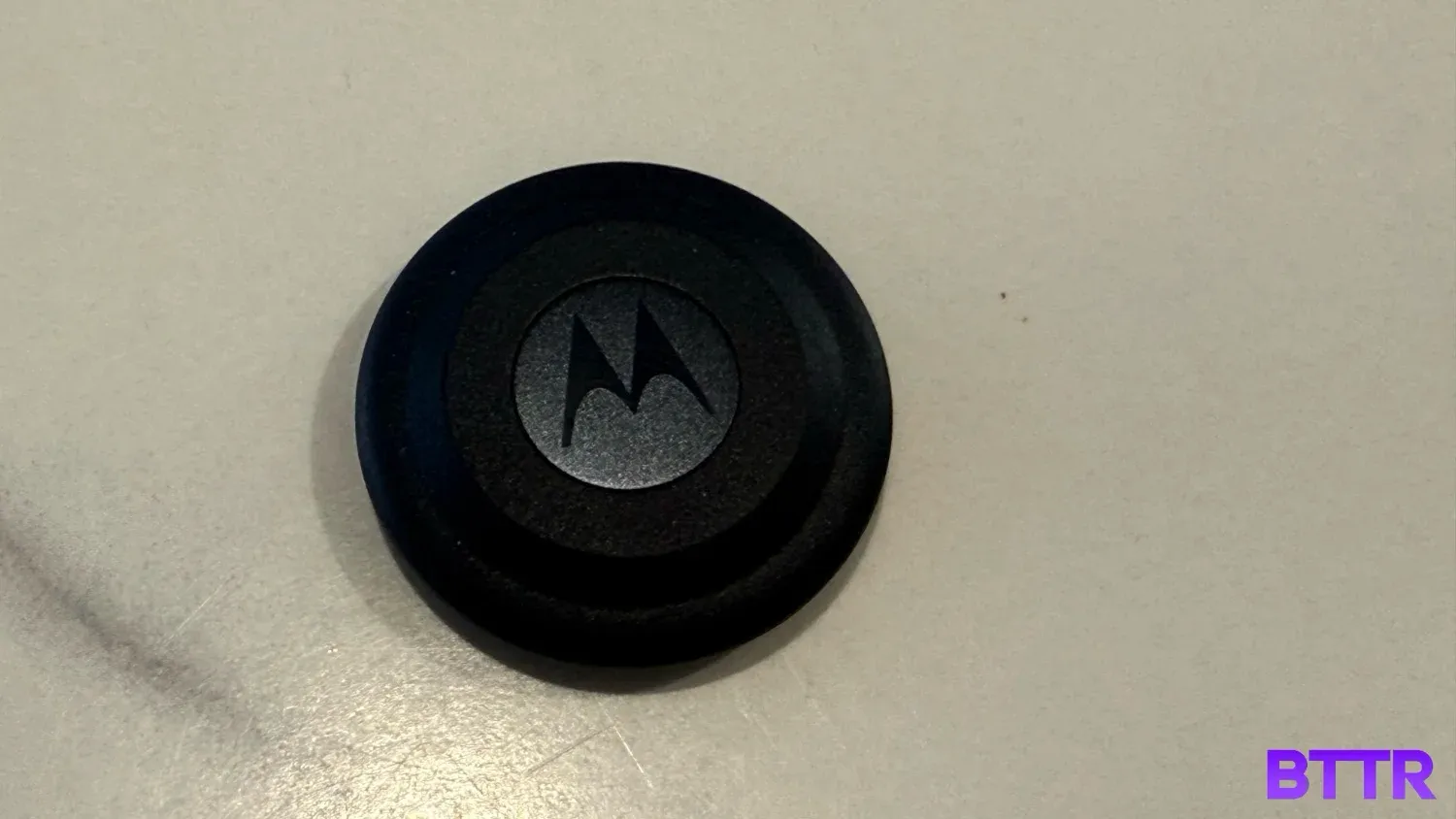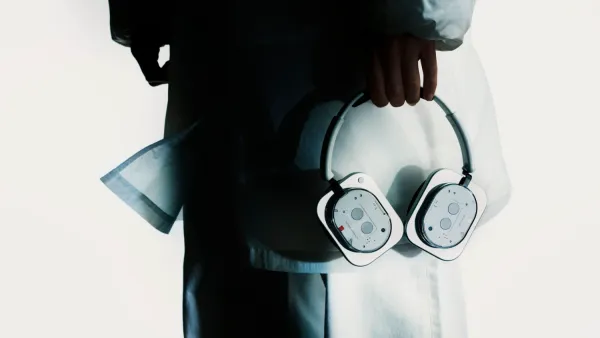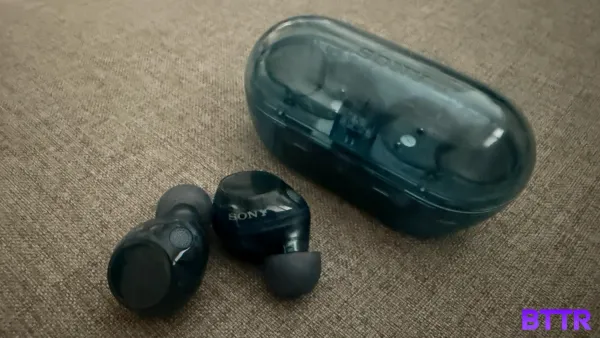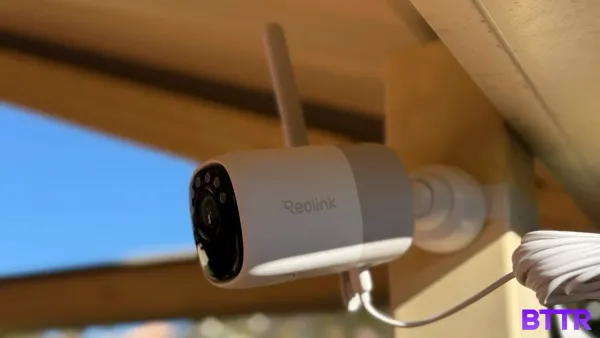Moto Tag review: A decent AirTag clone for Android users
Apple's AirTag clearly inspired Motorola's Moto Tag, from its design to its functionality. But it's more than just a simple clone, though it doesn't surpass its inspiration.
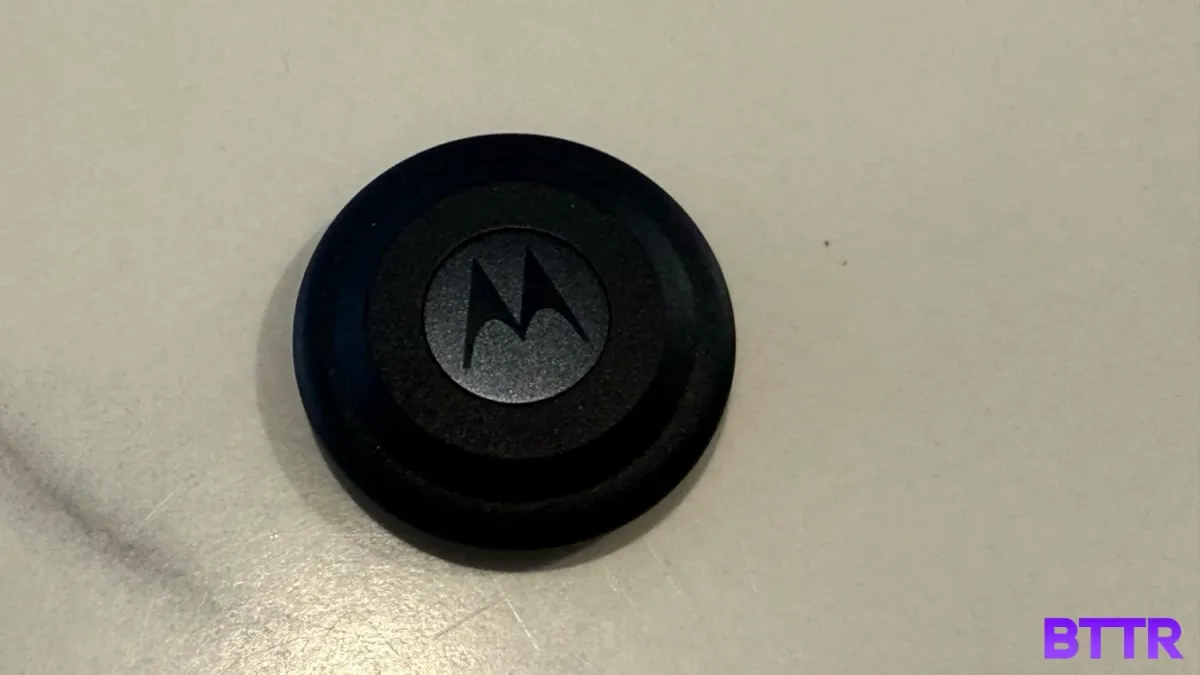
BTTR is independent, but we may earn money when you purchase through links on our site.
Pros
- Easy setup
- Works with any Android device
- Identical dimensions to AirTag means you can use AirTag accessories
Cons
- Need two apps for full functionality
- Android only
- Software isn't as good as Apple
Apple launched its AirTags back in 2021, and while it has had competition from the likes of Tile and Samsung, there hasn’t been a pure alternative for Android devices since then.
Motorola decided to try to change that last year with the launch of the Moto Tag. With identical dimensions to the AirTag, its design allows you to tap into Apple’s ecosystem of AirTag accessories, while offering an agnostic Android tracking experience.
It’s not quite an AirTag clone, though. Motorola has added its touches to make this an interesting alternative to Apple’s offering. I don’t think it’s quite as elegant as what you get from Apple, but as a tracking device for Android owners, it’s a solid option.
What is the Moto Tag offering?
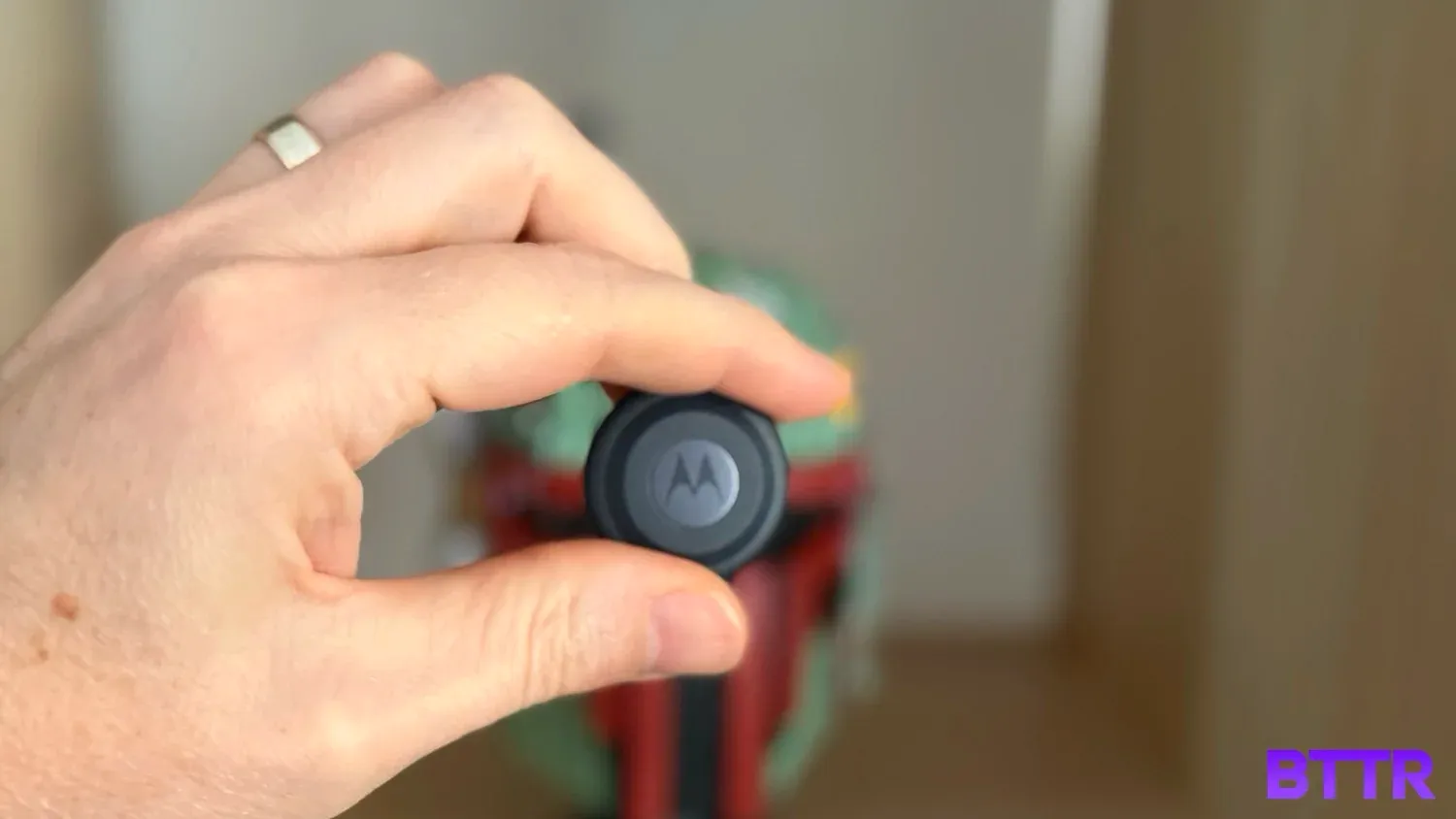
The whole category of Bluetooth trackers is designed for people who lose things, or afraid of losing things. Keys, wallets, luggage, pets – Bluetooth trackers are a pre-emptive strike against missing stuff.
The Moto Tag is no different. It’s a compact puck device, measuring in at 31.9 × 31.9 × 8 mm and weighing just 7.5 grams. It’s powered by a single, replaceable CR2032 battery that lasts about a year.
Those details are remarkably similar to the AirTag, with identical dimensions and battery, though the Motorola is a tiny bit lighter.
Despite the identical dimensions, it’s not a complete clone. Motorola’s offering is a darker colour than Apple’s bright white and stainless steel combo, coming in either a blue/grey or a green colour scheme.
The Motorola logo on the Moto Tag also doubles as a button. It lets you use the tag as a remote shutter button for your Android phone’s camera, or acts as a two-way tracking button, so you can use it to locate your phone if you misplace it.
The Moto Tag uses Google’s Find My Device network to track, which leverages the strength of the Google’s global device network to help you locate your Moto Tag when it’s not close by.
That also means that it supports the privacy features created by Apple and Google to alert iOS and Android users if an unfamiliar tracking device has been found travelling with them.
If it is nearby, the Moto Tag also supports Ultra-Wideband for precise location tracking. There’s also a little speaker inside, so you can force the Moto tag to chime to help you locate its precise location.
What does the Moto Tag do well?
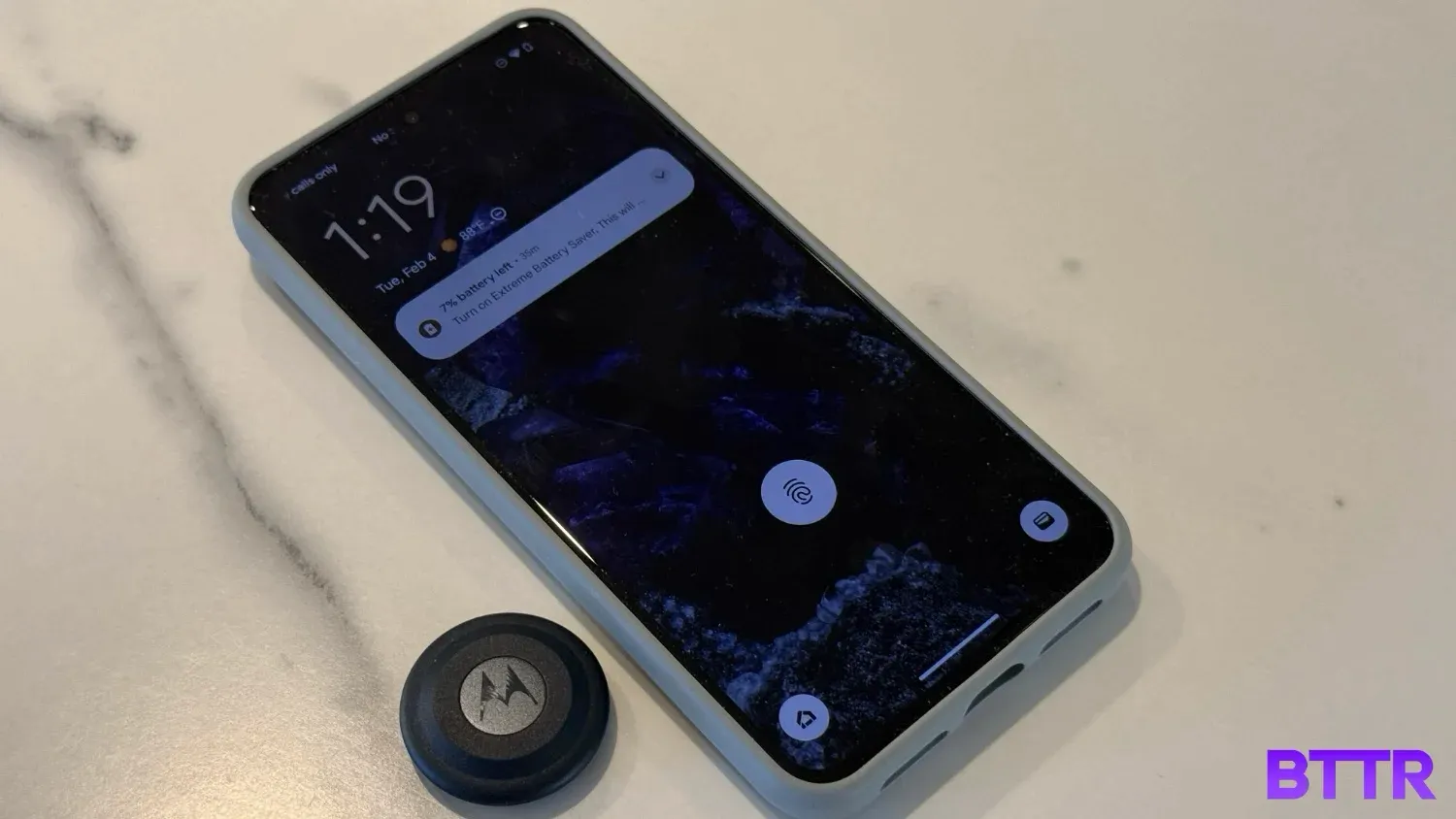
At its core, the Moto Tag does exactly what it promises effortlessly. Once it’s set up with your Android device, you can easily locate the Tag, whether it’s nearby or on the other side of the world, so long as it’s within proximity of an Android device.
With an IP67 dust and water resistance rating, the Moto Tag feels nice and robust, and it’s easy to open it up to replace the battery.
Battery life is rated for a year, and while I haven’t tested the product for that long yet to know if it’s accurate, I assume it will be. I have had some inconsistent alerts on battery life from the Find My Device app, though.
What could the Moto Tag improve?
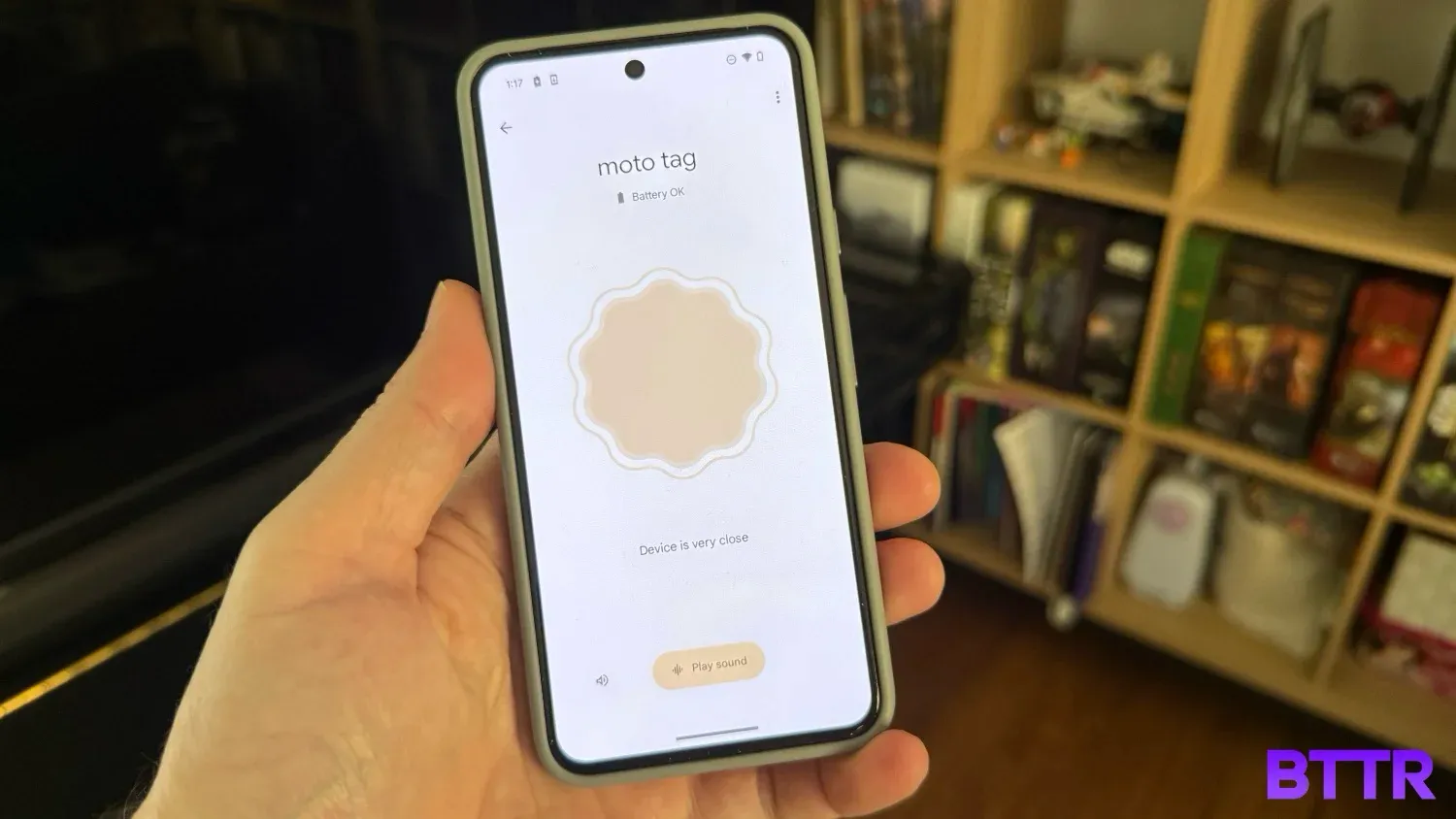
Because the hardware is so simple, the biggest differentiator here is the software. While Find My Device is standard with Android and straightforward to use, some of the tag’s functionality is only available with an additional, separate “Moto Tag” app.
That adds a whole level of confusion that’s simply not needed for a device that’s designed to be effortless.
The other challenge I faced with the Moto Tag is with the precise location using Ultra-Wideband. Where Apple makes locating a nearby AirTag easy with an arrow that points in the direction as you get closer to the AirTag, Find My Device simply fills a wavy shape to let you know as you get closer.
The approach still works, but it’s not as straightforward as Apple’s offering.
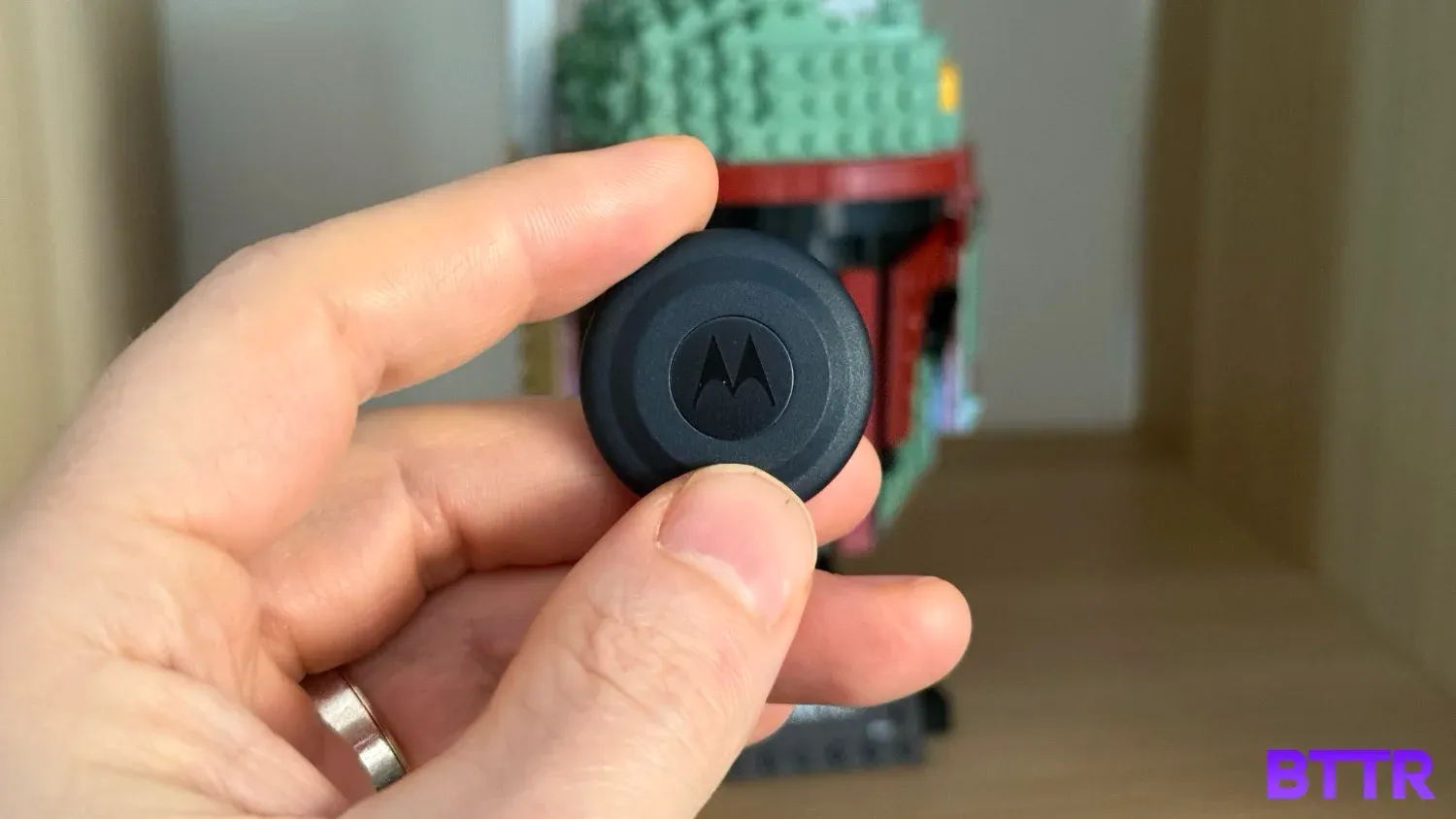
Verdict
Android owners who have longingly looking at the simplicity of Apple’s AirTag platform have a viable alternative in the Moto Tag.
Sure, it’s not the first Bluetooth tracker to support Android – Samsung has its own SmartTag 2 which exclusively works with Samsung devices, and Tile offers cross-platform tracking for both iOS and Android.
But the Moto Tag is a simpler option for more people, and does a decent job. I think Apple has a more refined experience overall, especially on the software front, but the Moto Tag is a solid option for when AirTags just aren’t an option.
Consider showing your support with a donation.
